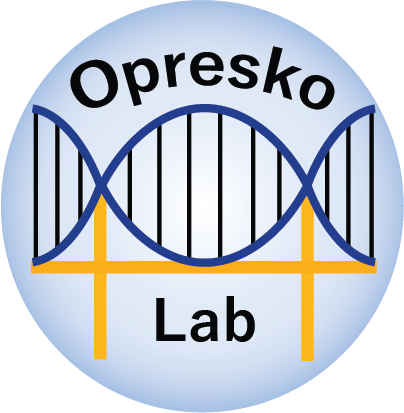NatureSMB Publication
An exciting new paper from our lab was published today from first author Dr. Ryan Barnes in Nature Structural and Molecular Biology. The article, “Telomeric 8-oxo-guanine drives rapid premature senescence in the absence of telomere shortening” details how oxidative stress can promote senescence rapidly in cells by producing oxidative base lesions. Using our tool to specifically damage DNA at the telomeres by inducing 8oxoG lesions, Ryan showed that in nondiseased cells, this damage was enough to induce senescence even in cells still with long telomeres. Co-authors on this paper include Dr. Mariarosaria de Rosa, Sanjana Thosar, and Ariana Detwiler from our lab. Please find the abstract and article link below.
Abstract:
Oxidative stress is a primary cause of cellular senescence and contributes to the etiology of numerous human diseases. Oxidative damage to telomeric DNA has been proposed to cause premature senescence by accelerating telomere shortening. Here, we tested this model directly using a precision chemoptogenetic tool to produce the common lesion 8-oxo-guanine (8oxoG) exclusively at telomeres in human fibroblasts and epithelial cells. A single induction of telomeric 8oxoG is sufficient to trigger multiple hallmarks of p53-dependent senescence. Telomeric 8oxoG activates ATM and ATR signaling, and enriches for markers of telomere dysfunction in replicating, but not quiescent cells. Acute 8oxoG production fails to shorten telomeres, but rather generates fragile sites and mitotic DNA synthesis at telomeres, indicative of impaired replication. Based on our results, we propose that oxidative stress promotes rapid senescence by producing oxidative base lesions that drive replication-dependent telomere fragility and dysfunction in the absence of shortening and shelterin loss.
Telomeric 8-oxo-guanine drives rapid premature senescence in the absence of telomere shortening
